Over time, our concept uses three factors: minimum volatility, value, and momentum. The end goals are low tracking-error, minimal internal expenses, downside protection, and alpha generation.
MiNimum Volatility
Minimum volatility, was one of the earliest innovations in the investment profession. The starting framework, “Modern Portfolio Theory,” was developed by Harry Markowitz in 1952. While 1952 is far from modern, the idea that risk and return are inherently linked is as applicable today as it was over 60 years ago. The minimum volatility theme essentially recreates the Modern Portfolio Theory by maximizing the return for a similar amount of risk, and better downside protection than the overall market. This factor helps to provide both stability and diversification inside our adaptive factor model.
Value
Value, derives significance from the research of Eugene Fama and Kenneth French in their “Three Factor Model.” This model suggested that value stocks tend to outperform growth stocks over time. While there are multiple ways of defining the value factor, a balanced approach of earnings, book value, and dividends provides an intuitive and common sense way of screening for value. This factor also has a tendency to revert to the mean, which means there are times when value will both underperform and outperform. We believe that over time, investors are rewarded for buying equities at discount prices. We overlay a sector neutral approach in attempt to avoid over concentration related to industry specific valuation biases.
Momentum
Momentum, has its roots in the behavioral side of investing. In 1997, Mark Carhart expanded on the research done by Fama and French, and added a fourth factor to complement their research: momentum. The easiest explanation is: stocks that have outperformed recently will tend to outperform in the future. We think of this as the "herd mentality". Investor behavior tends to lead to buying prior winners and avoiding prior losers. This factor, much like value, tends to mean-revert and will both outperform and underperform during different cycles.
Read more about our factor methodology:




